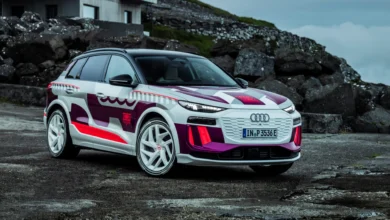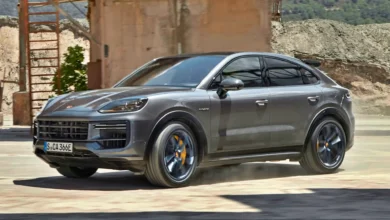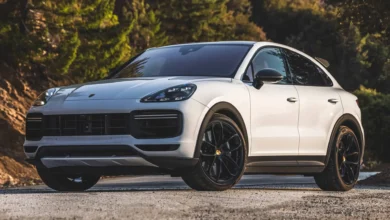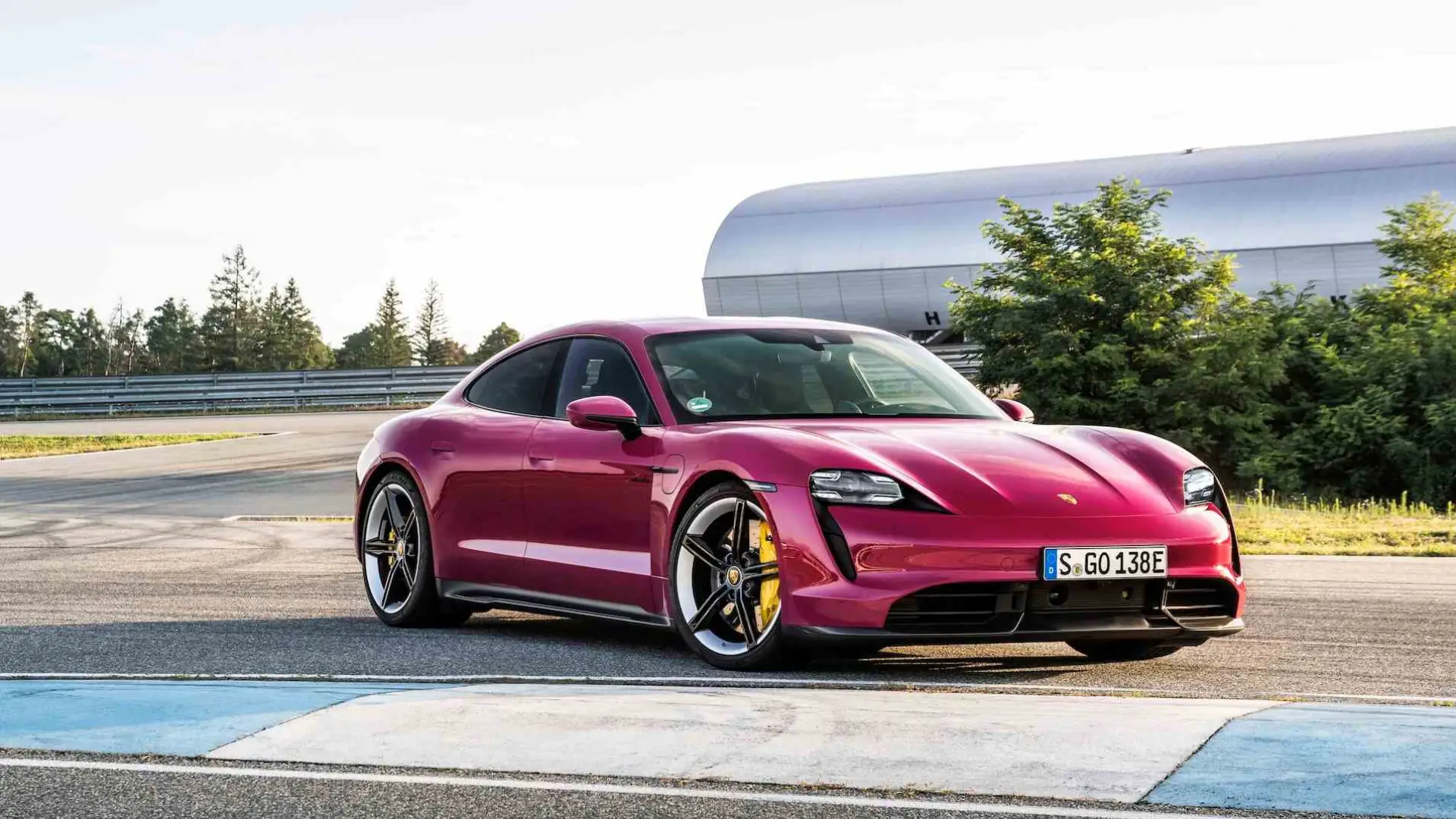
Porsche is committed to optimizing current batteries to achieve almost impossible range and reduce recharging times to 15 minutes. Electric cars are the future, nobody disputes it. For this reason, the race for the development and improvement of its components is unstoppable. One of the elements that arouse the most interest is undoubtedly the batteries because not only the performance of the vehicle itself but also its useful life and price depend on them to a great extent.
To this day, lithium-ion batteries dominate the current market and, although they are becoming more sophisticated, they can still be further optimized. Precisely, Porsche participates directly in projects to improve its load capacity, safety, and useful life, through the Cellforce Group and Group14 Technologies.
“Pure lithium is the ideal active anode material in terms of energy density,” says Stefanie Edelberg, Battery Cell Specialist Engineer at Porsche Engineering. “However, for safety reasons, graphites are currently mainly used as active anode materials that can absorb lithium ions.” In addition, the charging capacity of the batteries is very high and its price is relatively low. To this we must add its long useful life: “Between 1,500 and 3,000 full charge cycles until reaching a residual capacity of 80% are not a problem,” says Falko Schappacher, commercial and technical director of the MEET Battery Research Center of the University of Münster (WWU). At the moment. Car battery lives of up to one million kilometers are expected.
Silicon for the anode
Since lithium-ion technology is a multi-component system, there are many ways to refine it further. One of the components that can be optimized is, for example, the anode, replacing the graphite that is currently used as an active material with silicon, which offers a storage capacity ten times greater. ” Silicon anodes would significantly increase the overall capacity of the lithium-ion battery,” underlines Schappacher. Edelberg also points to its advantages: “Silicon is of special interest because it allows cells with very high energy densities. Furthermore, it is the second most common element in the Earth’s crust.” That is to say, we would be facing cells with a great capacity for fast charging, which can go from 5 to 80% in less than 15 minutes.
On the other hand, the use of silicon can reduce the useful life of the battery, which is why Cellforce and Porshec are working on anodes with a very high proportion of silicon, up to 80%, which can reduce the harmful effects on the battery.
Nickel for the cathode
Another component that is being worked on is the active materials for the cathode. What is important in this case is the combination of a high charge capacity and a high electrochemical potential of the material. Currently, lithium-nickel-cobalt-manganese (NCM) oxide in a ratio of 6:2:2 (ratio of nickel, cobalt, and manganese) is the most widely used in electromobility in Europe. In the future, the proportion of nickel is likely to increase, while cobalt and manganese will be used to a lesser extent. The increasing proportion of nickel can make a higher load capacity possible.
The separator is another element with optimization potential. It consists of very thin sheets (10 to 20 micrometers), mostly made of polyethylene or polypropylene. This divider saves space and weight. “It can indirectly contribute to the energy content of a battery cell. The thinner it is, the more layers or coils of electrodes will fit in a cell. This increases its capacity and energy content,” says Edelberg.
Compact Solid Batteries
Solid-state batteries, which may require much less installation space than conventional lithium-ion batteries, are another field that is being intensively investigated. “The plan for solid batteries is that the classic separator is completely replaced by a thin layer of solid electrolyte. The solid electrolyte is then electrolyte and separator in one,” explains Edelberg.
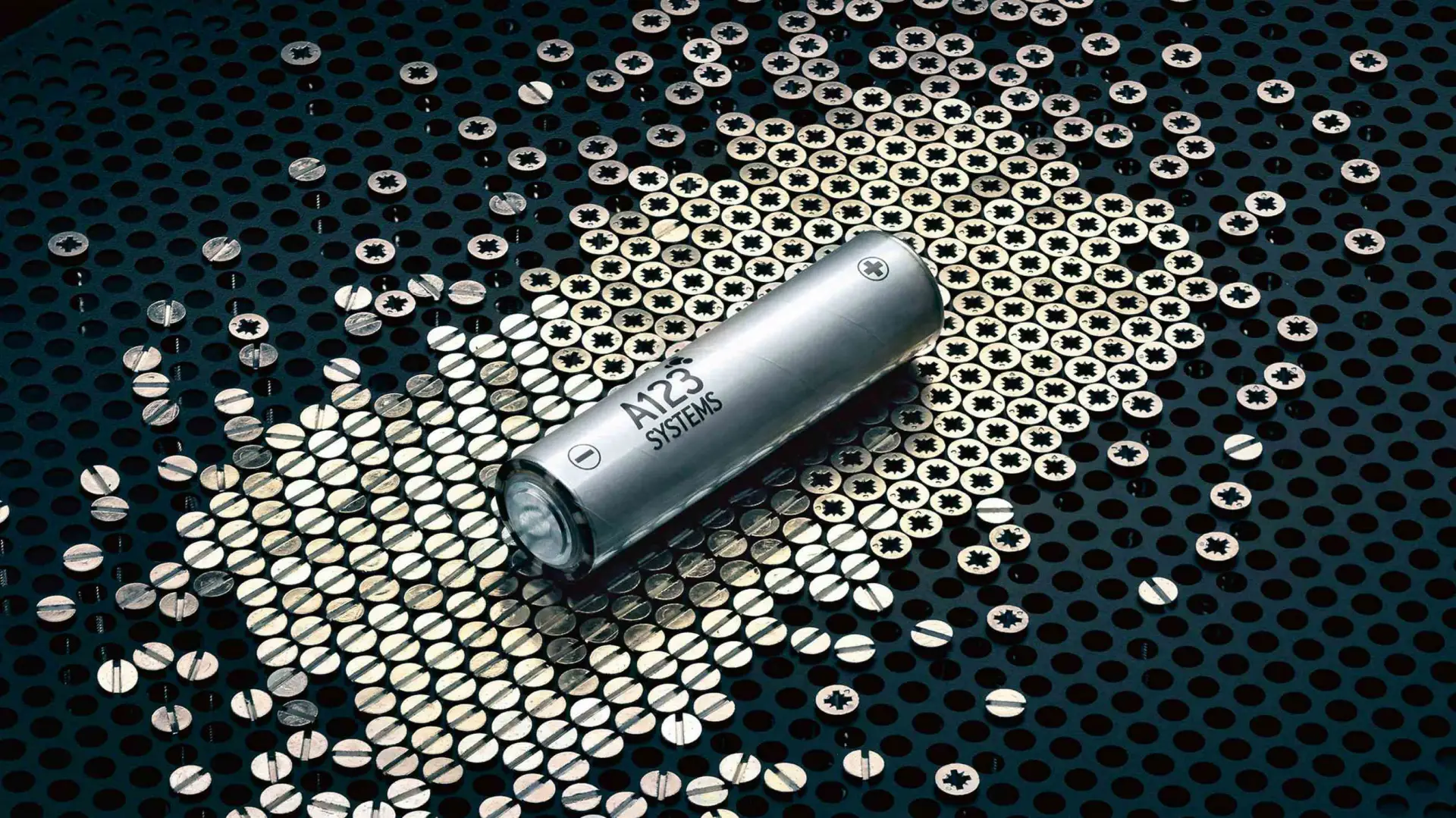
By eliminating electrolyte solutions while using lithium metal anodes, the researchers hope to achieve an energy density increase of up to 50%, and possibly significantly faster charging times, as well as low flammability of the solid electrolyte. Compared to other advances, such as lithium-air batteries, Schappacher considers solid-state lithium (SSB) batteries to be “a serious alternative to lithium-ion batteries.”
Sodium-ion batteries are especially interesting for local storage applications due to their lower energy density. Lithium-air technology continues to pose many challenges and, as it is, not many benefits can be expected. “Today, and also for the foreseeable future, lithium-air cells remain a topic of basic research,” says Edelberg.
Cell packaging and design
But cell chemistry isn’t the only way to optimize batteries. Sensors and cell packaging offer other possibilities. Battery charge levels, for example, can be detected more accurately and quickly by sensors in the cells. This allows shortening of the charging time in special voltage ranges. Cell cooling can also be more precisely controlled, which improves battery longevity.
In the future, cell packaging and design will also play an important role in making batteries more powerful. Cell-to-pack technology, for example, integrates the cells directly into the battery. “This eliminates small parts from today’s batteries,” says Professor Maximilian Fichtner, Director of the Helmholtz Institute Ulm (HIU) and Head of the Energy Storage Systems Research Unit at the Karlsruhe Institute of Technology (KIT).
“Instead of individually connecting cells the size of a chocolate bar, cells up to 1.20 meters in length are now tightly encapsulated when installed crosswise in a frame, just like a bed frame,” he insists. The result is more storage capacity and better cooling in less space.
Up to 1,300 kilometers
“In the medium term, we can expect the combination of the new anode chemistry and the dense packing of the cells to enable a vehicle range of 1,300 kilometers,” says Fichtner. Schappacher is also optimistic, although it is difficult to predict the impact of technological advances such as the solid-state battery. “I think that in the future we will see increases of between 30% and 50% in the range of premium vehicles,” expects the expert.
All this without forgetting another crucial issue, as Schappacher emphasizes: “More important than simply increasing range is fast charging capacity.” And he is confident that one day fast charging to 80% of the vehicle’s range won’t take much longer than a refueling stop.
“In the current Taycan, for example, a time of 22.5 minutes could be achieved when charging from 5% to 80%,” explains Markus Gräf, Cellforce Group COO. “With silicon as anode material, values of less than 15 minutes in the medium term and significantly lower in the long term can be reached.” With optimized lithium-ion batteries and new technologies such as solid-state batteries, electric energy storage systems will become much more efficient in the coming years, making electric mobility even more attractive.
